Where to install solar panels on your property: 4 Options
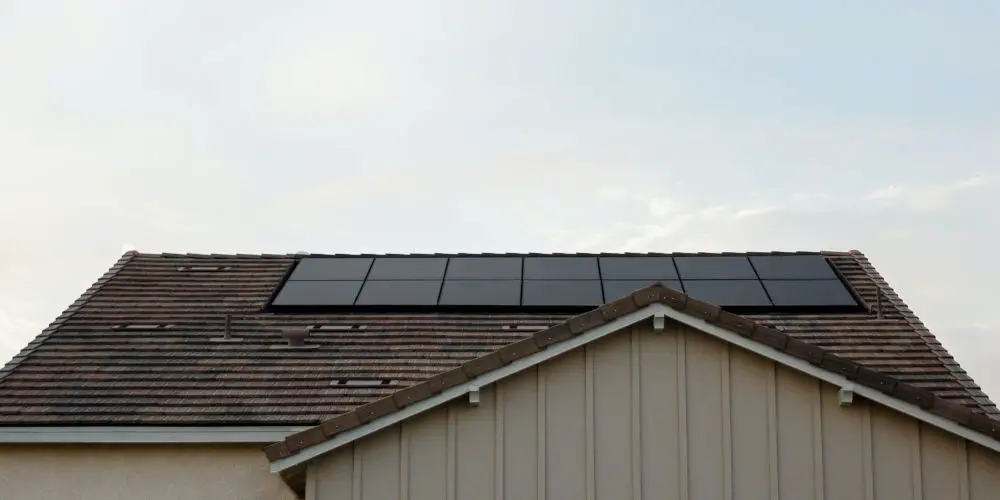
You can install solar panels on several surfaces, including rooftops, the ground, above carports, and on a wall. However, the best location for your solar panels depends on several factors. And you’re about to learn where to install solar panels on your property.
The most common type of solar installation is on the roof. Typically, on south-facing roofs, as they receive the most sunlight.
Ground-mounted solar panels are a good option for homes with large, open areas. While this option is more expensive to install, it can be more efficient, as they can be angled to face the sun more directly.
Carports are another good option. These structures provide shade and protection from the elements. Plus, they are a good option if you lack roof space. You’ll need the right tools and equipment, such as combi drills and masonry drill bits.
Wall-mounted solar panels are installed on the side of a building and can be a good option for homes with limited roof space. While less expensive to install than on a roof, they may not be as efficient.
When considering where to install solar panels, it’s worth checking with your local planning office as you might face some restrictions on the size, type, or location of your intended solar panels.
Rooftop solar panels
As the most common type of solar installation, you’ve probably seen plenty of solar panels on roofs. Let’s look at the positives.
Positives
Roof solar panels are common because they are relatively easy to install and maintain, and they can be a good option for homes with limited space. However, it’s important to ensure that your roof is strong enough to support the weight of the panels.
The best aspect to install them is on south-facing roofs, which receive the most sunlight. However, they can also be installed on east- or west-facing roofs, although they will not generate as much electricity.
You might save money by installing rooftop solar panels. The amount of money you save will depend on the size of your system, the amount of sunlight your roof receives, and your electricity rates.
Another reason to install solar panels on your roof is to reduce your carbon footprint. Solar energy is a clean and renewable source of energy and can help you reduce your reliance on fossil fuels.
You might see an increase in the value of your home as more people are looking for properties with solar panels already installed.
Bear in mind
There are a few things to consider before you install solar panels.
While the cost of solar panels has dropped significantly in recent years, installation costs still vary depending on the size of your system and the complexity of your roof.
The days of free solar panels are over. However, your local council might offer incentives. Plus, you can benefit from the Smart Export Guarantee (SEG) scheme, which will pay you for any excess energy you generate.
You’ll need to maintain your solar panels to ensure they continue to generate electricity. This includes cleaning them regularly and inspecting them for damage.
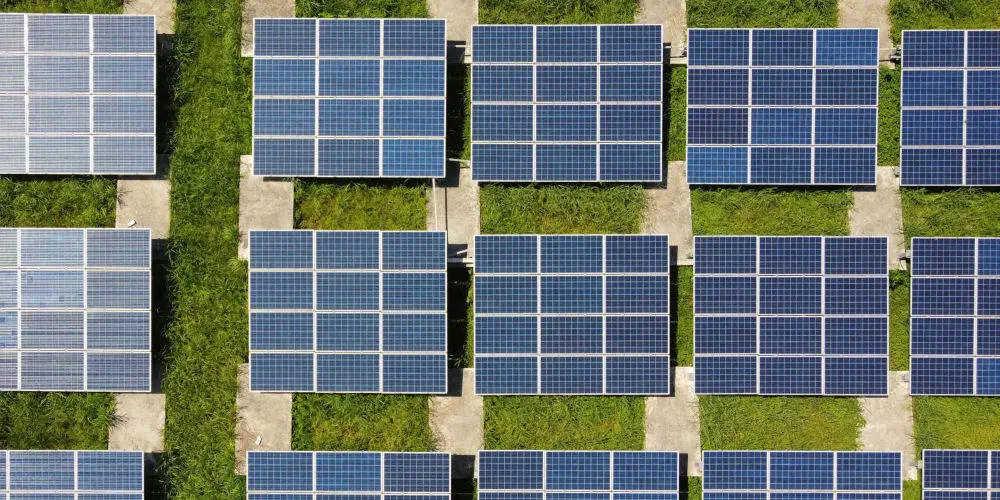
Ground-mounted solar panels
Ground-mounted solar panels are installed on the ground and can be a good option for homes with large, open areas. If you don’t have a suitable roof for solar panel installation, a gound-mounted system might be a good option.
Positives
Ground-mounted solar panels are typically more expensive to install than rooftop solar panels. However, they can be more efficient, as they can be angled to face the sun more directly.
They aren’t affected by shading from trees or other structures, which can reduce the efficiency of rooftop solar panels. Plus, they are easier to maintain than rooftop solar panels, as they are not exposed to the elements as much.
You can also use them to create a shaded structure, which can provide benefits such as reducing cooling costs and providing a place to park your car.
Bear in mind
You could be hit by expensive installation costs, particularly if your system is large and complex. Maintaining your panels is a must, especially if you want to ensure you’re generating maximum electricity. This includes cleaning them regularly and inspecting them for damage.
As with rooftop panels, you can sell your excess energy using the SEG scheme, and your local council might offer an inventive scheme.
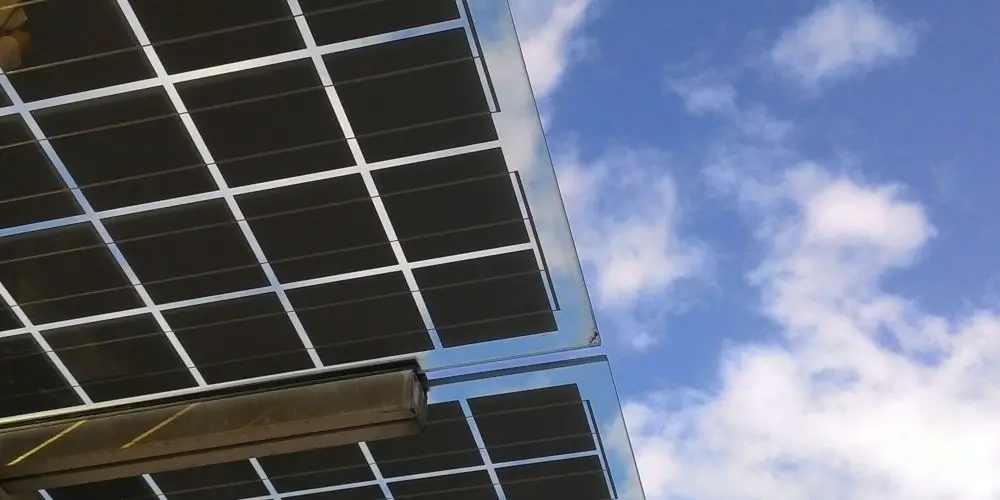
Carports and garages
Your carport or garage is another fantastic location to mount solar panels. These structures provide shade and protection from the elements. Plus, they are a good option if you lack roof space.
Positives
You can install solar panels on both new and existing carports and garages. If you’re building a new carport or garage, you can work solar panels into the design.
The solar panels can be mounted on the roof or the sides of the structure. Roof mounting them is the most common option. However, mounting solar panels on the sides of the structure is a good option to maximise the amount of sunlight the panels get.
You can install solar panels on any range of structures, including those made from metal and wood.
Bear in mind
Some structures aren’t strong enough to support the weight of the solar panels. So, you want to ensure your structure can support them before buying the panels.
The type of materials might also affect where you can mount them and could impact the amount of sunlight they receive. This could reduce the efficiency of your panels.
As with other options, you can sell your excess energy using the SEG scheme, and your local council might offer an inventive scheme.
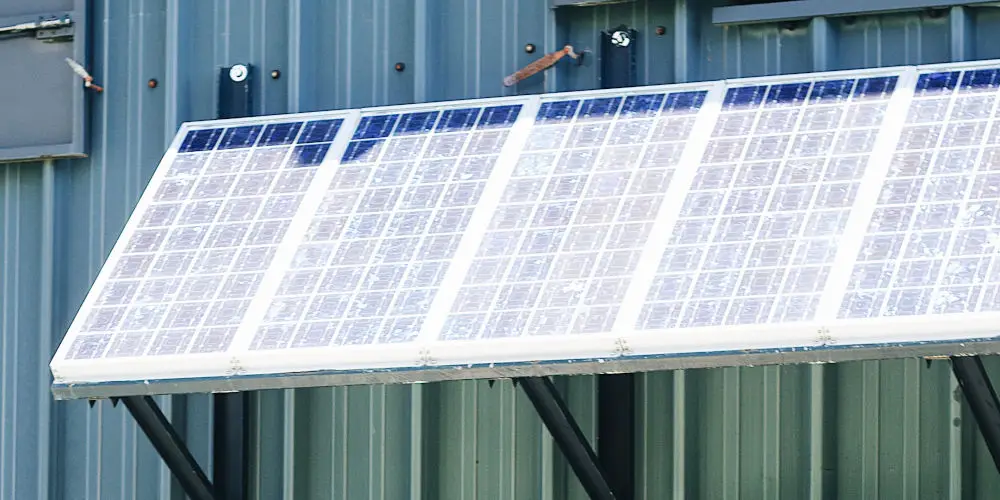
Wall-mounted solar panels
Wall-mounted solar panels are installed on the side of a building and can be a good option for homes with limited roof space. Let’s explore this option of where to install solar panels on your home.
Positives
If you have a small or weirdly shaped roof, wall-mounted solar panels might be ideal. They are typically less expensive to install than rooftop solar panels, as they do not require the same level of structural support.
You can install wall-mounted solar panels on any type of building, including homes, businesses, and schools. Many wall materials are ideal mounting surfaces, including brick, concrete, and wood. But you want to ensure the wall is strong enough to support the weight of the panels.
The ideal place to mount them is on the south-facing wall of a building, as this surface receives the most sunlight. However, they can also be mounted on east- or west-facing walls, although they will not generate as much electricity.
Bear in mind
While less expensive to install than rooftop solar panels, they may not be as efficient, as they may not be able to face the sun as directly. If you can’t install your panels on a south-facing wall, your system might generate less electricity.
It’s important to ensure that the building is strong enough to support the weight of the panels. Otherwise, you could end up having an issue that costs thousands to correct.
You’ll need to maintain your solar panels to ensure they continue to generate electricity. Solar panel maintenance includes cleaning them regularly and inspecting them for damage.
As with other mounting options, you can sell excess energy using the SEG scheme, and your local council might offer an inventive scheme.
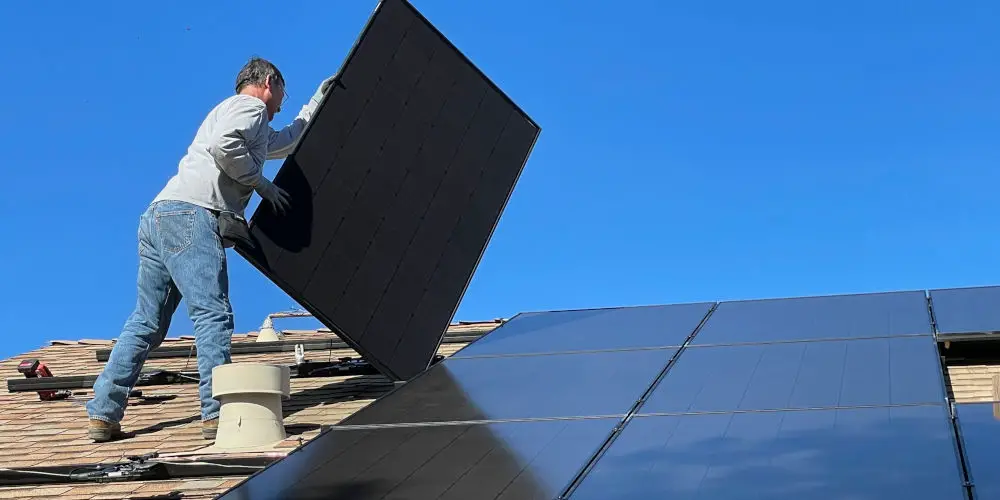
So, where to install solar panels on your property?
When choosing where to install solar panels, it is important to consider the following factors:
Sunlight exposure
Solar panels need to be in direct sunlight to generate electricity, so you want to choose a location that receives plenty of sunlight.
Roof pitch
The ideal roof pitch for solar panels is between 20 and 50 degrees. However, solar panels can be installed on roofs with a wider range of pitches.
Wind exposure
As high winds can damage solar panels, you want to be careful to choose a location that isn’t in a high-wind area.
Aesthetics
For some, solar panels are an eyesore. So, choose a location that doesn’t stick out too much.
Planning conditions
It is also important to check with your local planning office to ensure you can install solar panels and if there are any restrictions. It’s better to understand the situation, rather than go gun-ho and be forced to rip the system out and start again.




